many hydrangea endless summers not blooming
jim_blade
17 years ago
Related Stories

GARDENING GUIDESTop 12 Summer-Blooming Perennials for Deer-Resistant Drama
Can you have garden color, fragrance and exciting foliage with hungry deer afoot? These beauties say yes
Full Story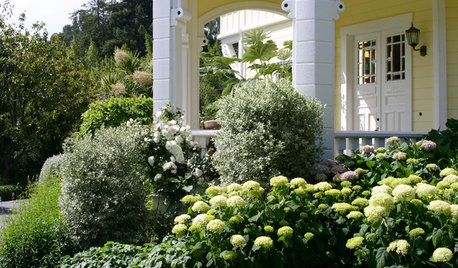
GARDENING AND LANDSCAPINGHave a Ball With Hydrangeas
Even if you don't tinker with the hue by changing the soil, hydrangeas have an entertaining range of uses in all kinds of landscapes
Full Story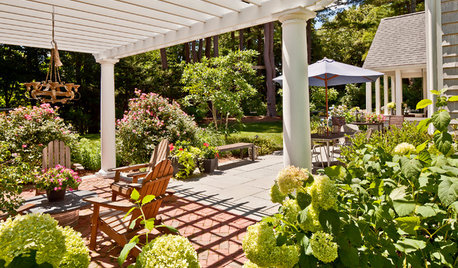
PATIO OF THE WEEK3 Microclimates and Countless Blooms
A trio of outdoor rooms plus a porch swing, exuberant plantings and plenty of seating make this Massachusetts yard ready to entertain
Full Story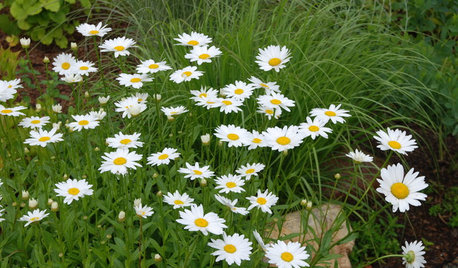
FLOWERSBest Cutting-Garden Beauties for Late Summer
Pick blooms bursting with color or in classic white for bouquets to give away or keep all to yourself
Full Story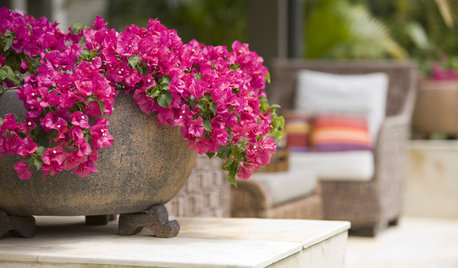
GARDENING GUIDESSweeten a Summer Garden With Pink Flowers
Whether you stir in hot pinks or sprinkle in some pastels, pink blooms can make your garden deliciously pretty
Full Story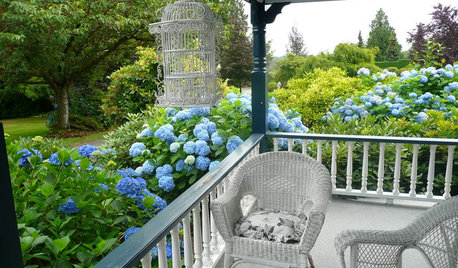
GARDENING GUIDESSummer Gardens Sing With Blues
When hot weather hits, bursts of blue keep the garden palette cool and calm
Full Story
SUMMER GARDENINGHouzz Call: Please Show Us Your Summer Garden!
Share pictures of your home and yard this summer — we’d love to feature them in an upcoming story
Full Story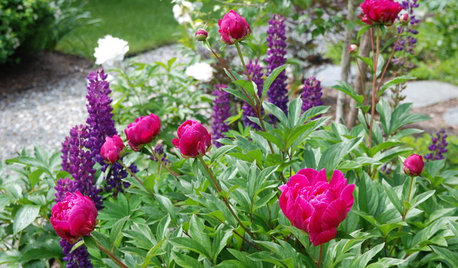
REGIONAL GARDEN GUIDESDelight in Summer’s Garden Glories — Here’s What to Do in June
Wherever you live in the United States, these guides can help you make the most of your summer garden
Full Story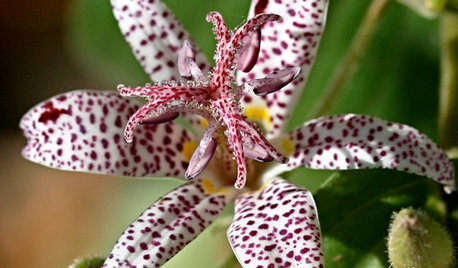
SUMMER GARDENING10 Perennials to Extend Your Garden's Summer Color
Revive summer-weary gardens with outstanding late bloomers such as toad lily, Russian sage, blanket flower and more
Full Story
CONTAINER GARDENS7 Deer-Resistant Flowers for Your Summer Containers
Grow these as protection for edibles or just for their colorful beauty — deer might not like them, but everyone else will
Full Story





Latebloomer
Embothrium
Related Professionals
Carlisle Landscape Architects & Landscape Designers · Saint Louis Park Landscape Architects & Landscape Designers · Woodinville Landscape Architects & Landscape Designers · Stamford Landscape Contractors · Belmont Landscape Contractors · Cerritos Landscape Contractors · Dickinson Landscape Contractors · Elkridge Landscape Contractors · Palos Verdes Estates Landscape Contractors · South Farmingdale Landscape Contractors · Maple Heights Landscape Contractors · Aurora Driveway Installation & Maintenance · Centreville Driveway Installation & Maintenance · Riverside Driveway Installation & Maintenance · Crestwood Driveway Installation & MaintenanceLatebloomer
Embothrium
nwnatural
jim_bladeOriginal Author
laag
ginger_nh
ginger_nh
Embothrium
nwnatural
Embothrium
sam_md
Embothrium
Embothrium
heptacodium
Cady
Embothrium
clfo
Embothrium
laag
clfo
laag
dirtunderthenails
tedb_threecedarfarm
Embothrium
carolynpthemides_verizon_net
Embothrium
anonthefold_gmail_com
Embothrium
pierre_fox_comcast_net
greenlady0